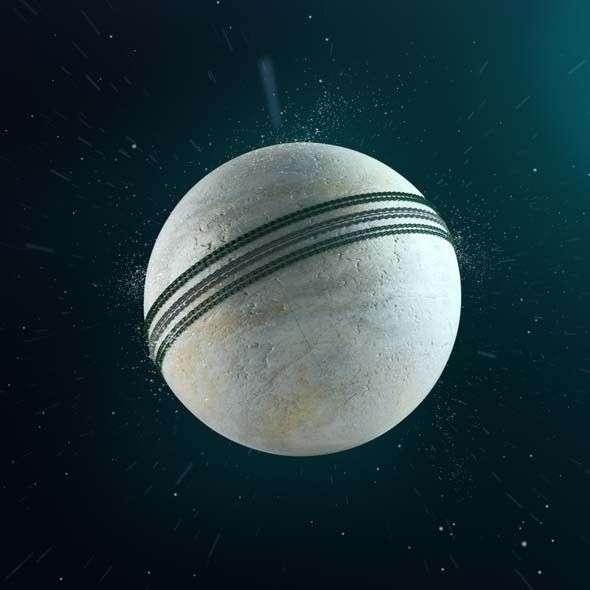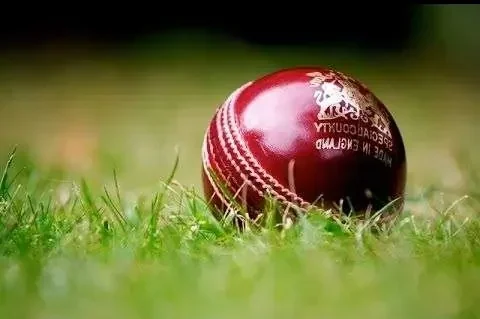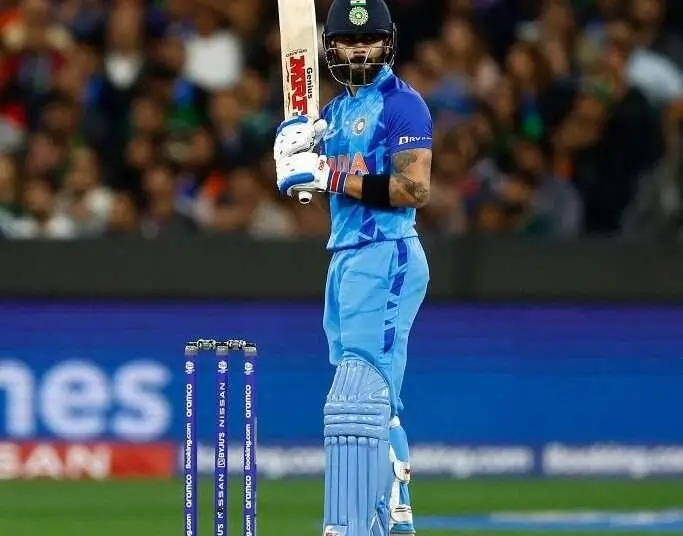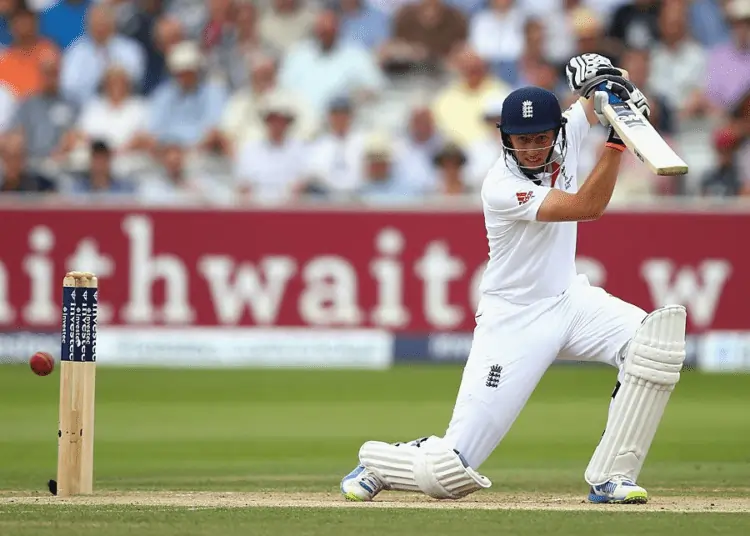How Many KG Is a Cricket Ball
Cricket is one of the most popular sports worldwide, and its equipment plays a vital role in shaping the game. One of the essential components of the game is the cricket ball. Understanding the specifications of the ball, including its weight, is crucial for players, fans, and even those interested in sports science. One common question asked by many is, “How many kilograms is a cricket ball?”
In this blog, we will explore the standard weight of a cricket ball, the variations in its size and weight across different formats, and why these specifications are crucial for the game.

Standard Weight of a Cricket Ball
The weight of a cricket ball is regulated by the Marylebone Cricket Club (MCC), the organization responsible for the laws of cricket. According to these laws, the weight of a cricket ball varies slightly depending on whether the game is being played by men, women, or junior players.
Here is a breakdown:
- Men’s Cricket Ball: A standard men’s cricket ball weighs between 155.9 grams and 163 grams, which is approximately 0.1559 kg to 0.163 kg.
- Women’s Cricket Ball: A women’s cricket ball typically weighs between 140 grams and 151 grams, which translates to 0.14 kg to 0.151 kg.
- Junior Cricket Ball: The weight of a junior cricket ball falls between 133 grams and 144 grams, making it approximately 0.133 kg to 0.144 kg.
In each case, the cricket ball is designed with precision to ensure that it meets the standards for professional play.
Conversion to Kilograms
Absolutely! Here’s a cricket ball weight breakdown that’s easy to understand:
The weight of a cricket ball depends on the age of the player!
- Big hitters (Men’s Cricket): Their balls are the heaviest, weighing between 156 and 163 grams (think a bit more than a hamburger!).
- Superstars (Women’s Cricket): Their balls are a tad lighter, at 140 to 151 grams (about the same as a phone).
- Future stars (Junior Cricket): They get even lighter balls, weighing 133 to 144 grams (like a small orange).
So, next time you watch a cricket match, you can show off your knowledge by explaining how the ball weight changes depending on the game!
The Cricket Ball: A Vital Element
The Heart of Cricket
The cricket ball is the heart of any cricket match. It’s not just an inanimate object but rather a symbol of power, strategy, and competition. Whether you’re a passionate cricketer or a curious observer, understanding the weight of a cricket ball is crucial to appreciating the nuances of the game.
The Evolution of the Cricket Ball
Cricket has come a long way from its early days when balls were made of materials like cork and string. Today, cricket balls are meticulously crafted to ensure consistency and fairness in every match. Also, read about Do You Want to Know | What is the Weight of a Cricket Ball
How Heavy Is a Cricket Ball?
Standard Weight
A standard cricket ball used in international matches weighs between 155.9 to 163 grams. This may not sound like much, but in the hands of a skilled bowler, it can become a potent weapon.
Variations
It’s worth noting that there can be some variations in the weight of cricket balls. In some cases, you might come across balls that weigh slightly more or less than the standard range. However, these variations are closely monitored to maintain fairness in the game.

The Impact of Ball Weight in Cricket
Bowling Mastery
The weight of a cricket ball plays a crucial role in a bowler’s strategy. Heavier balls tend to swing less but generate more bounce, while lighter ones are known for their ability to swing more unpredictably. Bowlers choose their balls based on their playing style and the pitch conditions.
Batsmen’s Perspective
From a batsman’s perspective, the weight of the ball affects their ability to judge line and length accurately. A heavier ball may surprise the batsman with its extra bounce, while a lighter one might move more in the air.
The Science Behind Cricket Ball Weight
Material Matters
Modern cricket balls are made of cork and covered with leather. The weight is carefully controlled during the manufacturing process to ensure consistency. The leather casing adds durability and grip to the ball.
Maintenance
Cricket balls also undergo regular maintenance during matches to maintain their shape and shine. This process involves polishing one side to create a swing and maintaining the other side to retain the natural shine of the leather.

Conclusion
In the world of cricket, where every detail matters, the weight of a cricket ball is a critical factor that impacts the game in various ways. From the bowler’s choice of delivery to the batsman’s judgment, it all comes down to those precious grams of weight. So, the next time you watch a cricket match, you’ll have a deeper appreciation for the significance of the cricket ball.
FAQs
- What is the official weight of a men’s cricket ball?
The official weight of a men’s cricket ball is between 155.9 grams and 163 grams. - Why is the weight of a cricket ball important?
The weight of the cricket ball impacts its speed, bounce, and movement, which directly affect the dynamics of bowling, batting, and fielding. - Does the color of the ball affect its weight?
No, whether a ball is red or white, the weight specifications remain the same. However, white balls tend to wear out faster in limited-overs matches. - What materials are used to make a cricket ball?
Cricket balls consist of a cork core, layers of yarn, and a leather outer cover. - Is the weight of a women’s cricket ball different from a men’s?
Yes, a women’s cricket ball weighs between 140 grams and 151 grams, which is slightly lighter than a men’s cricket ball.







